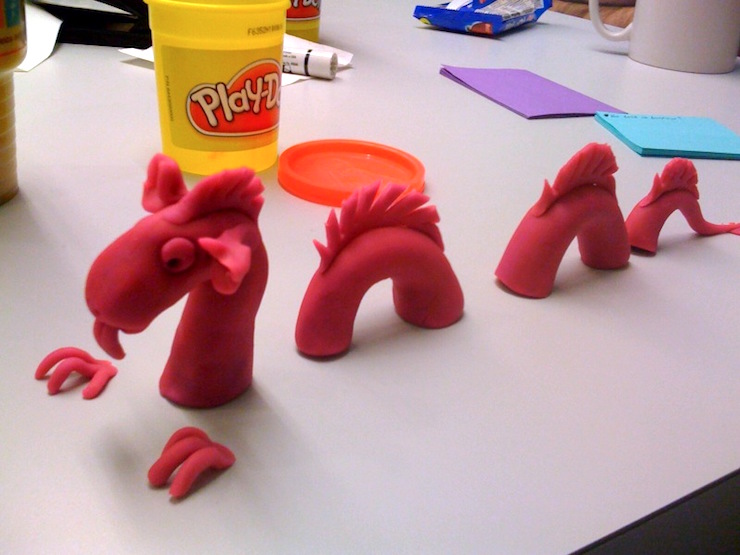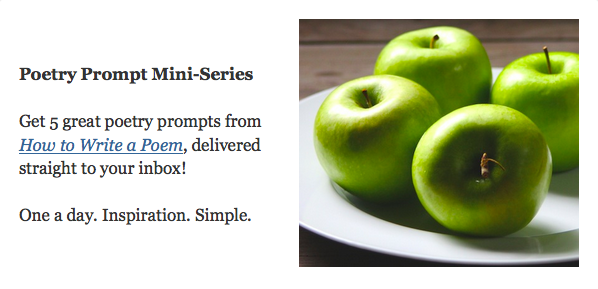
Let’s say you’re writing creative nonfiction, and let’s say it’s going pretty well. Your fingers hurt from gripping the pen, and you can’t get the words down fast enough. Your dialog is on point (as the kids like to say), and you’re writing setting so that your reader can feel that train, those trees, that tall glass of lemonade.
Now let’s say you get to a point when you can’t go on, because:
a) you can’t remember the memory,
b) the memory, as you see it, hasn’t been resolved,
c) you believe what you have to write about isn’t enough.
When I teach creative nonfiction to middle school students, my students come up with a variation of these dilemmas all the time. They sound like this:
a) This is stupid.
b) Nothing happens to me.
c) I have nothing to write about—can I get on my phone?
To be unable to close an essay is a predicament. To be weary of where the truth is leading you, to decide the stuff of your life isn’t worth turning into a story can be paralyzing. I feel and believe these things almost every time I sit down to write, and the struggle we adults have is the reality that we don’t have to stay in the chair and write. We have laundry to fold, dinner to make, toilets to scrub. We can get up and go get a snack and watch Netflix. We can check our phones.
Middle school students, on the other hand, cannot. They have to see me everyday, and that means taking a look at words and what can be done with them whether they want to or not. They might not be a captivated audience, but they are held captive, and I try to do everything I can do help them remember their memories, and prove to them that the stuff of their thirteen and fourteen year old lives is plenty material for stories.
Create in 20
I give my students a metaphor to work with. When they come to class, two tablespoons of Play-Doh greet them at their desks. Next to that is a worksheet with the following directions: You have 20 minutes to make as many things as you can with your Play-Doh. You may not trade or mix colors, you may not ask for more. Record your creations on the list below. See what you can do with what you have.
“This is it?” students will groan. “This is all I get?”
Some will get surly and make the letter I, a stick, and a snake.
“Keep creating,” I’ll say. I find that this phrase is more empowering than “get back to work.”
Within minutes, the room will quiet and that’s when I know the designs and ideas are becoming more complex. I roam around the room and see a bird’s nest, a tidal wave, a snowman. Soon, the space on the worksheets is running out as students try to fit one more idea they’ve come up with.
“Now think back to your stories,” I’ll tell them. “Think about all you made from that tiny bit of Play-Doh. How can you apply this idea to your writing?”
Here, I help them unpack the metaphor a bit more. For example, if students had to stretch the Play-Doh to make something, I ask where in their story can they add details, draw out a character, or include reflection? “You might not use it in your final draft,” I’ll tell them, “but stretching your story might help you find something that you hadn’t seen before.”
The most important thing I want students to understand is this idea that in order to write creative nonfiction, we have to use whatever we have, and that means taking an interest in our lives: what we wear, what we eat, words we say, things we see. Any of it can be used to write a story.
We Write to Remember
I believe creative nonfiction is an important genre to study in middle school because it allows kids to attend to the often emotional, confusing events in their lives—and validate both the memory and themselves. As adults, creative nonfiction can help us do the same.
When I was in 8th grade, my English teacher said that for our final exam, we could write whatever we wanted to as long as we applied the concepts we’d been studying, and it was a certain length. I wrote an essay titled, “The Night I Didn’t Go To The Percy Julian Junior High Basketball Game.” I’d come up with the idea when friends and I were standing outside the gym, all of us intending to go in, but we never did. We talked and laughed and I remember thinking how cool it was to joke around with kids I’ve known since I was six years old. It felt like we’d all gotten through something together and were celebrating a bit before we went through the next thing – high school.
I went home that night and wrote everything I could remember: outfits, the smell of the gym, dialogue, the crank of the main door when it was pushed open, how good it felt to laugh until my stomach hurt.
Writing the final in Mr. Gates class, I remember feeling like I was okay. My life was okay. This was a little event, sure, but it intrigued me and made me happy, and I didn’t want to forget it. Writing helped me remember.
It is likely that we won’t remember everything, and it is likely we will get to a point where we can’t resolve a story. There will be a time when we believe what we have isn’t enough. My advice is to get some Play-Doh. One to two tablespoons is all you need. Then, start to play. See what you can create with what you have.
Photo by Paul Irish, Creative Commons, via Flickr. Post by Callie Feyen.
Click to get FREE 5-Prompt Mini-Series
- Poetry Prompt: Courage to Follow - July 24, 2023
- Poetry Prompt: Being a Pilgrim and a Martha Stewart Homemaker - July 10, 2023
- Poetry Prompt: Monarch Butterfly’s Wildflower - June 19, 2023

Megan Willome says
What a great idea, Callie! The idea of using our hands when we get stuck is such a good one. I’ve never tried Play-Doh, but sometimes chopping veggies in preparation for a meal will unloose something in my writing (and creative nonfiction is mostly what I do).
Callie Feyen says
I’m with you, Megan, chopping veggies always loosens something in me. I’ve often kept a notebook nearby, although, MAN it is a crunchy, messy notebook now. 🙂
There does seem to be something about movement that helps us write.
Sandra Heska King says
“Keep creating.” I may just post this above my desk. Right after I buy some Play-Doh.
Callie Feyen says
What a cool idea! I should make a sign that says that, too.
Do you have a recipe for Play-Doh? I was in charge of supplying Play-Doh for one of my daughter’s classrooms once, and made a batch with glitter. Extra sparkle is always special. 🙂
Bethany R. says
“I believe creative nonfiction is an important genre to study in middle school because it allows kids to attend to the often emotional, confusing events in their lives—and validate both the memory and themselves.”
I agree. In some ways writing about a significant memory/situation does what talking to a close friend does, but in a more permanent way.
“stretching your story might help you find something that you hadn’t seen before.”
Fabulous insight—that helps me on something I’m writing at the moment. 😉
Callie Feyen says
Thank you, Bethany. Creative Nonfiction has always been a good companion to me. 🙂 I do find that I’m not as lonely when I’m able to write.
I’d love to see what you came up with when you “stretched” the story. 🙂
Laura Lynn Brown says
baguette
teacup, saucer, teabag, two lumps of sugar
alpaca inside log pen
blank sheet of paper and pencil
sleeping bag, pillow, stuff sack
challah
This makes me think about the tactile involvement of writing by hand on paper rather than by keyboard.
And makes me remember an assignment I gave freshman composition students many years ago. They complained about how hard it was. Then at the end of the semester in their final portfolios, many of them said it was the thing they were proudest of having written in that class.
“See what you can create with what you have.” I need to do some creating today. These words help. Thank you, Callie.
Callie Feyen says
I think we should always see what it is we can create with what we have. That’s how I talk myself into writing in the first place. I’ll start with, “I don’t have the story she/he has, so why bother?” Then I say, “Well, what DO you have? What CAN you make?” Once I start comparing myself, the writing gets better.